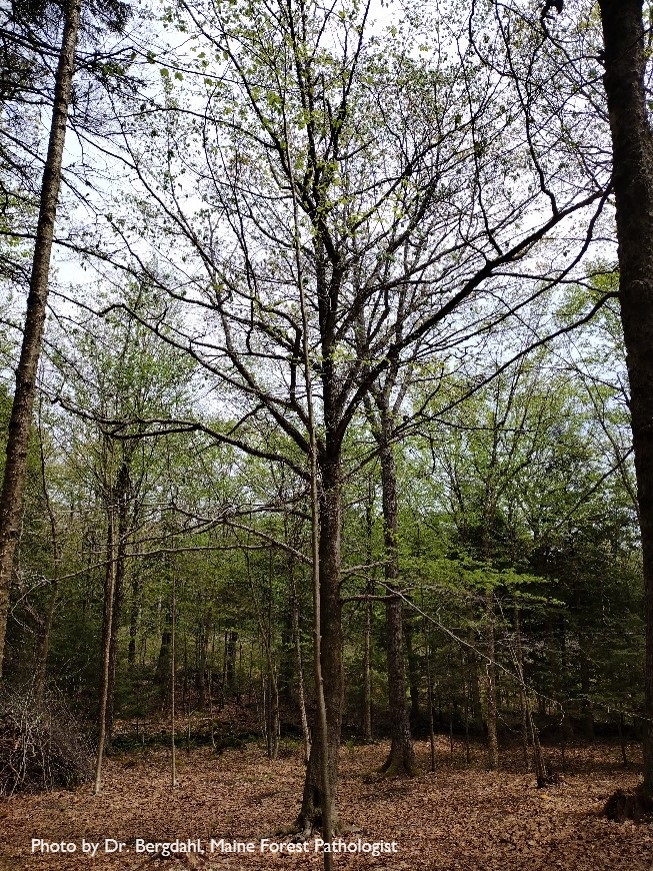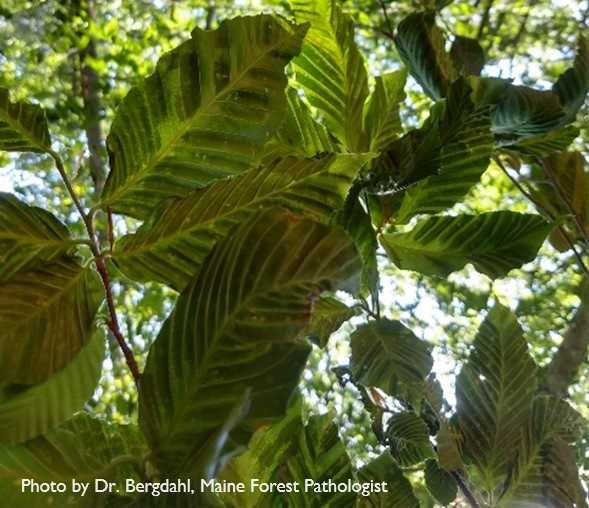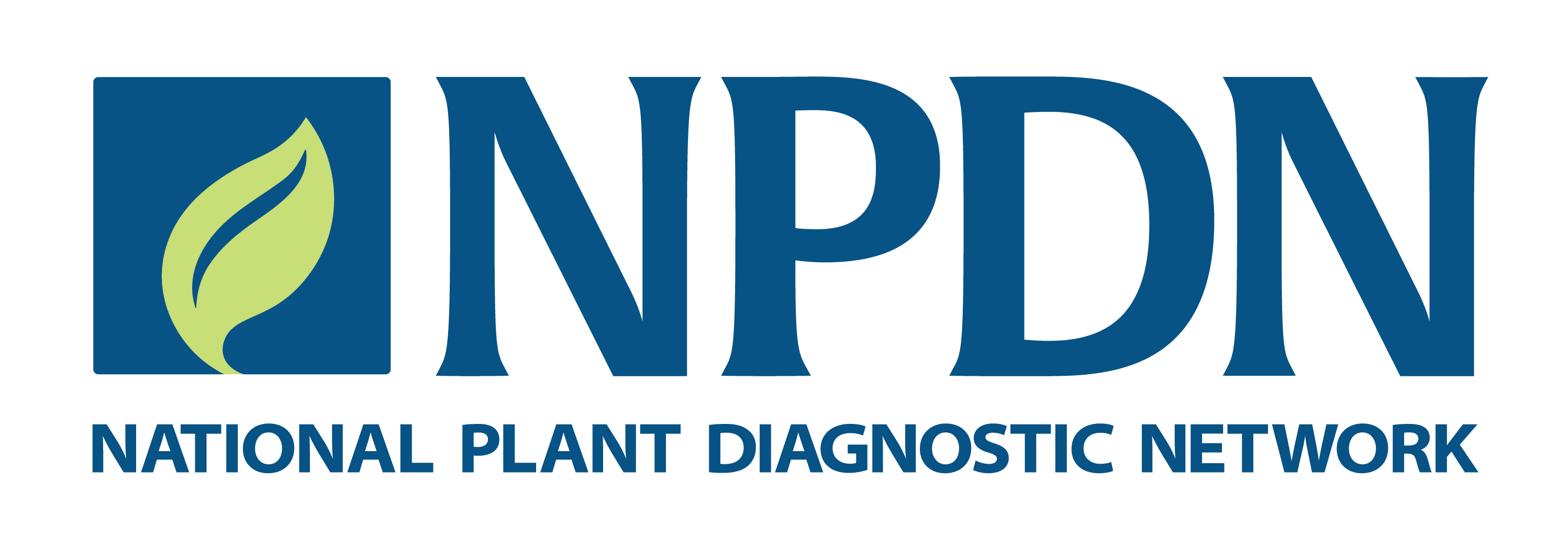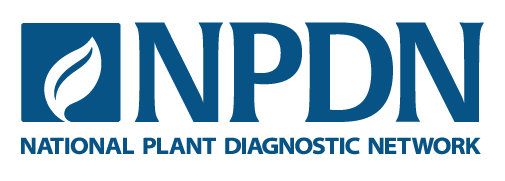Alicyn Smart (NEPDN Director) and Stephanie Shea (NEPDN Co-Director), University of Maine
The Communicator: Volume 5, Issue 6, June 2024

A beech tree dying in Maine from beech leaf disease infection, just two years from the first detection in the state.
Beech trees are slow growing deciduous trees that are an essential component of Maine's hardwood stands. They serve as an important food source and habitat to many wildlife species, including mammals such as Maine's iconic black bear and dozens of butterflies, including the early hairstreak, a rare butterfly that feeds on beech tree nuts. The loss of beech trees would significantly degrade and alter the functioning and productivity of Maine’s forests.
Beech leaf disease (BLD) was identified in the United States in 2012 and has been leading to decline and mortality of beech trees throughout the country. In 2021, BLD was found in Maine where it threatens Maine's more than 1.2 billion beech trees.

When the Maine Forest Service (MFS) Forest Health and Monitoring program started research to better understand BLD distribution in Maine, there was no method available to test for the disease in the state. Due to the specificity of testing, they requested help from the University of Maine Plant Disease Diagnostic Lab (UM-PDDL). In 2023, the UM-PDDL successfully implemented the specialized test and became the confirmatory lab for the MFS. In 2023, the UM-PDDL tested and confirmed BLD in five new counties in Maine.
The National Plant Diagnostic Network (NPDN) was instrumental in the success of Maine’s 2023 BLD assessment. Supplemental funding received from the NPDN allowed the UM-PDDL to support MFS efforts to determine the impact of this disease on Maine’s forests by covering all costs associated with BLD testing. NPDN provided Maine diagnosticians access to the expertise needed to diagnose this disease through communication and protocol sharing with another lab in the network. Additionally, Dr. Martin with the U.S. Forest Service said “The National Plant Diagnostic Network provided me access to data from diagnostic labs who test for beech leaf disease that I used to update a beech leaf disease county map”.

